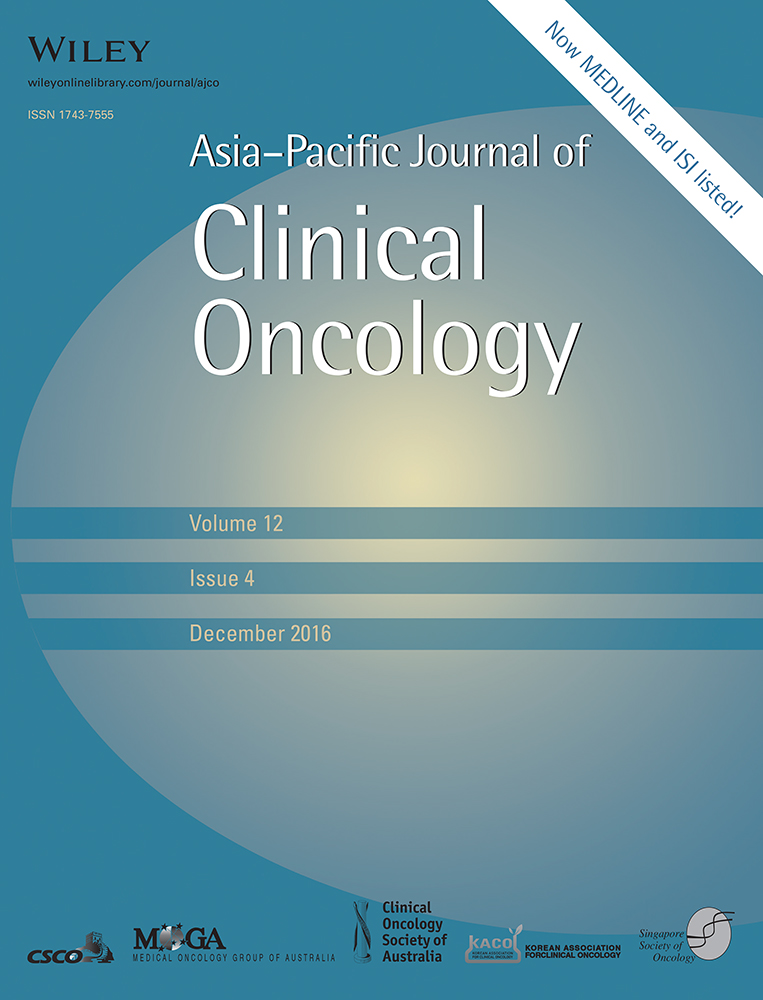Clinical outcomes and toxicity of postoperative intensity-modulated versus three-dimensional conformal radiation therapy in patients with cervical cancer
Conflicts of interest: none
Abstract
Aim
To compare the clinical outcomes and toxicity of pelvic intensity-modulated radiation therapy (IMRT) and three-dimensional conformal radiation therapy (3D-CRT) as adjuvant postoperative treatment in patients with cervical cancer.
Methods
Between April 2008 and December 2013, 115 patients with International Federation of Gynecology and Obstetrics stages IA–IIB cervical cancer were initially treated with radical hysterectomy and underwent adjuvant pelvic external-beam radiation therapy (EBRT) without brachytherapy. The median postoperative pelvic EBRT dose was 50 Gy (range, 45–50 Gy). Twenty-six patients received IMRT and 89 patients underwent 3D-CRT. Chemotherapy consisted of two to four courses of platinum-based treatment. Locoregional control, disease-free survival (DFS), overall survival (OS) and treatment-related complications were compared between the two groups. No significant difference in clinical data was observed between groups.
Results
With a median follow-up of 28.6 months, 2-year OS rates were 90.3% in the 3D-CRT group and 91.6% in the IMRT group (P = 0.674), and DFS rates were 88.8% and 86.0%, respectively (P = 0.722). The rates of acute gastrointestinal (GI) and genitourinary (GU) toxicity were lower in the IMRT group than in the 3D-CRT group (GI, 50% vs 84.3%, P = 0.009; GU, 19.2% vs 56.2%, P = 0.007).
Conclusion
Our results indicate that IMRT not only significantly reduced the rate of toxicity, but also provided good clinical outcomes consistent with those achieved with 3D-CRT. However, further studies with more patients and longer follow-up times are warranted to confirm the benefits of IMRT.




